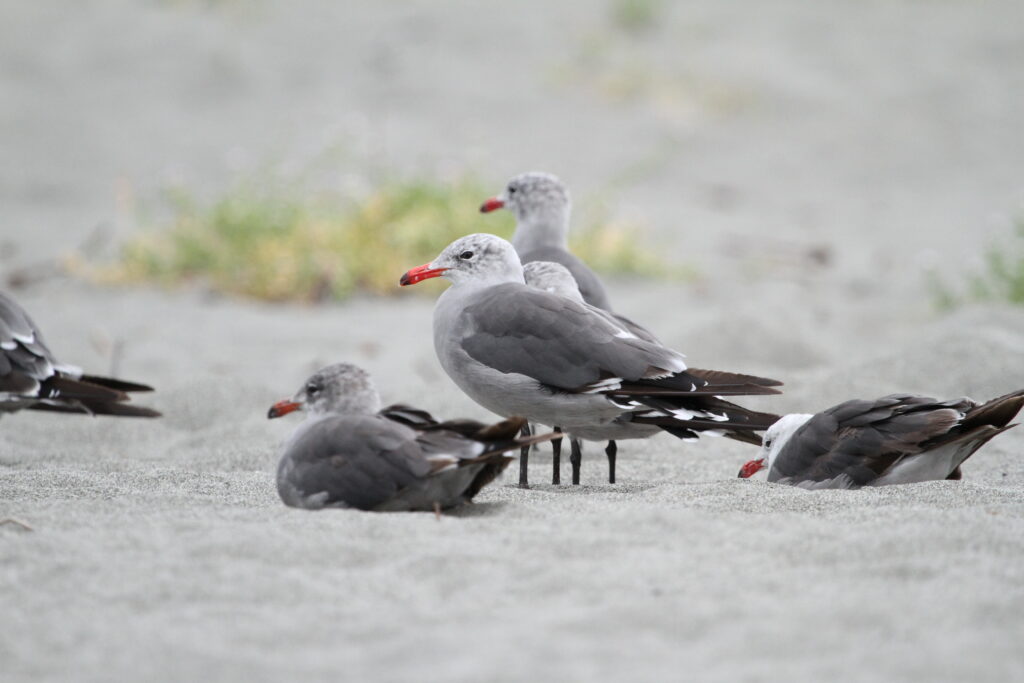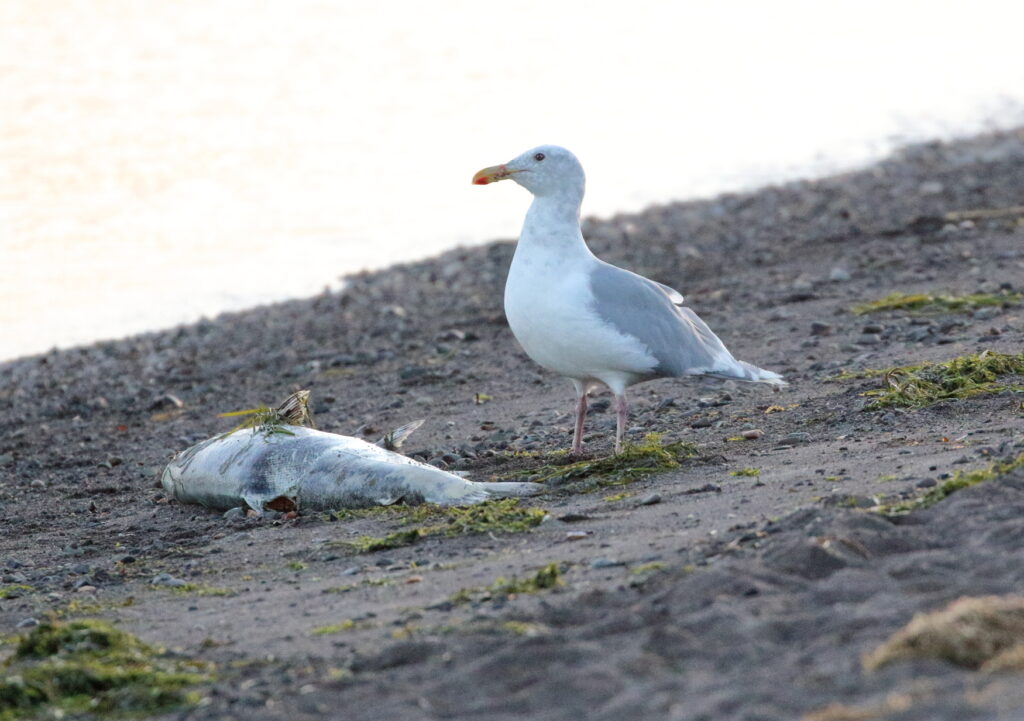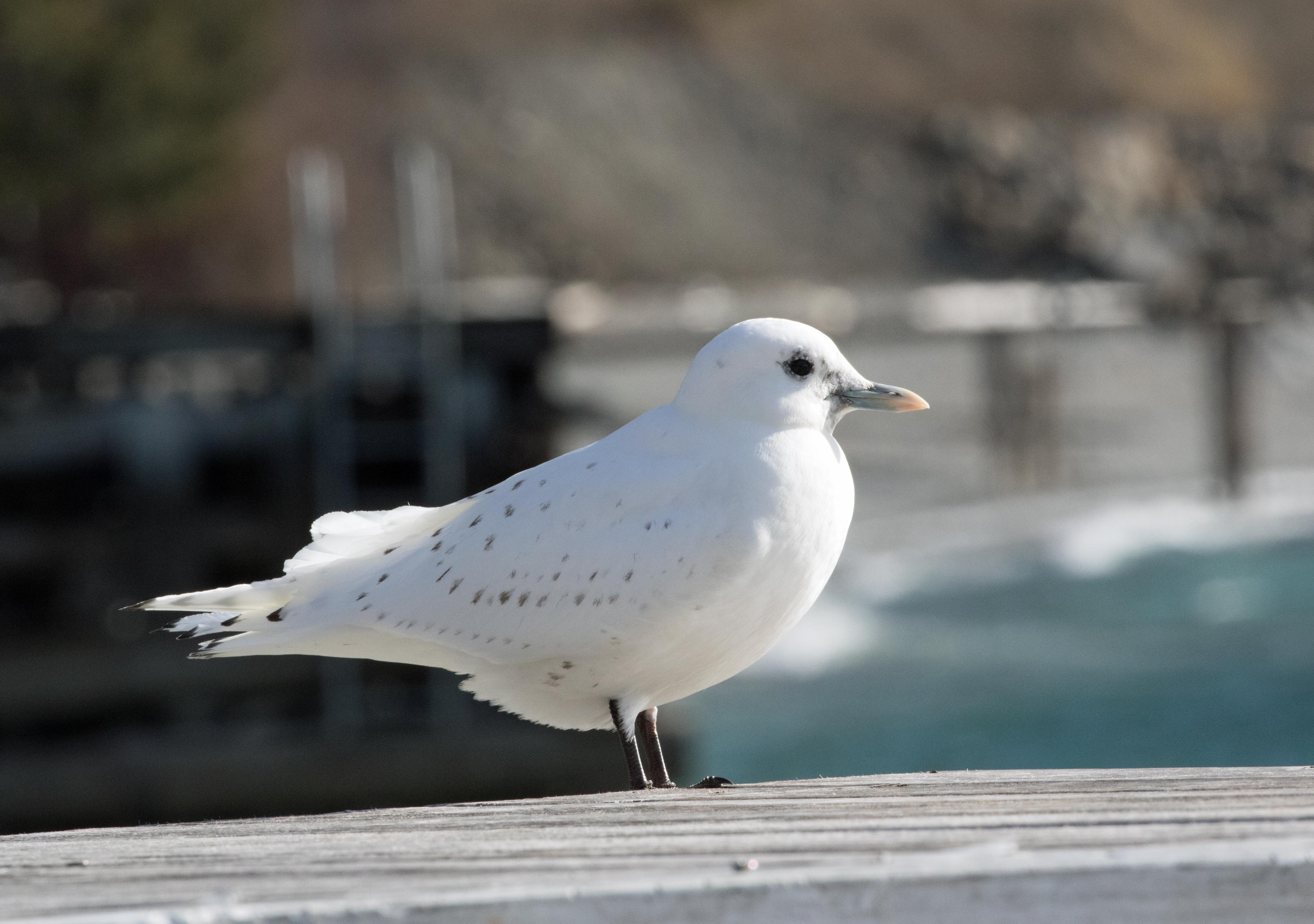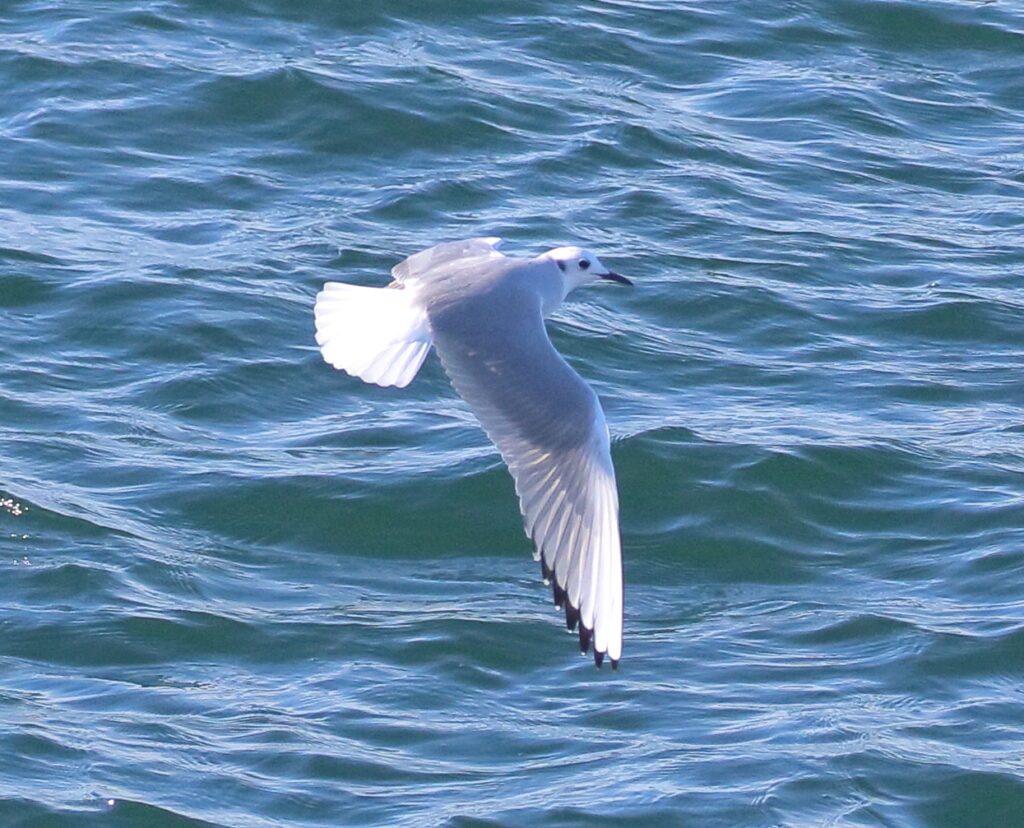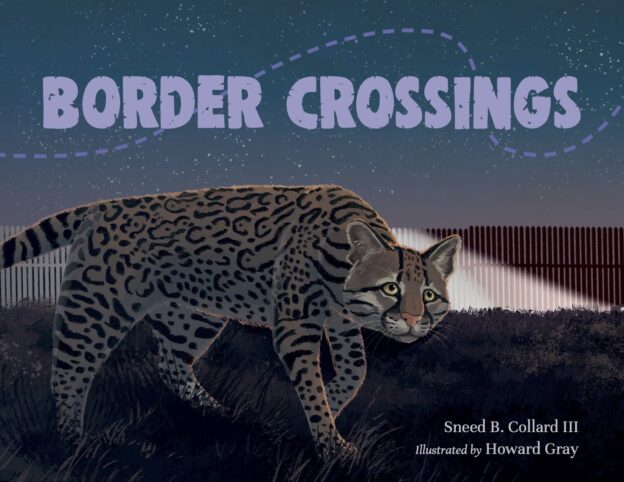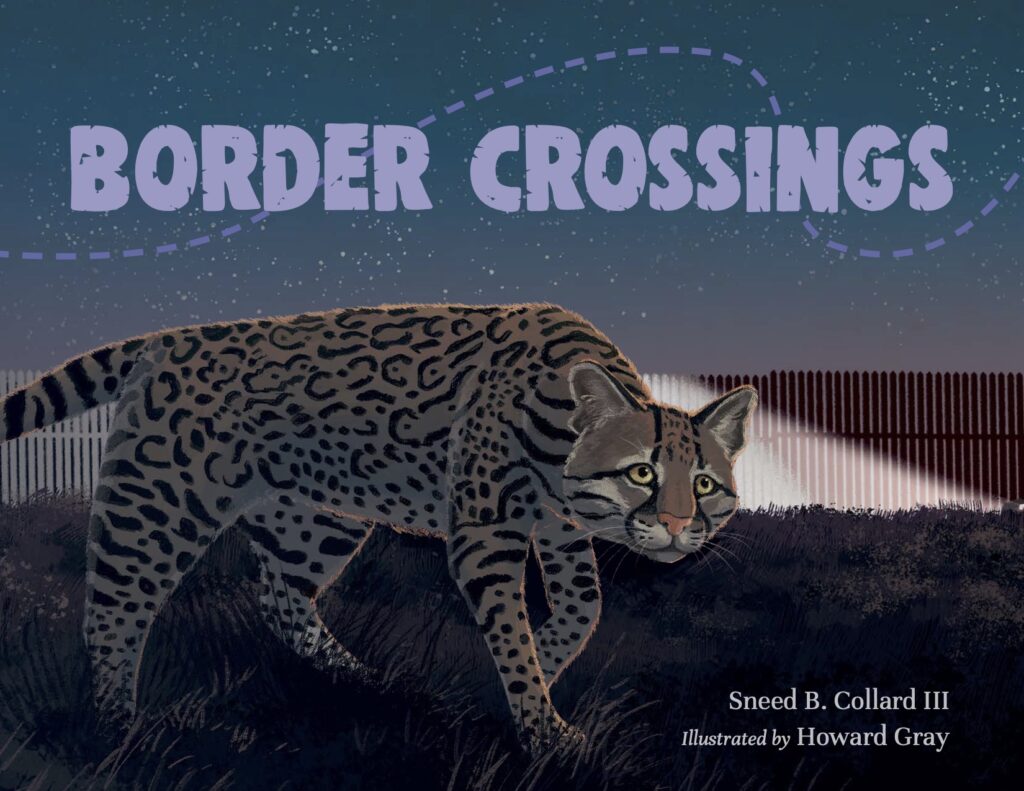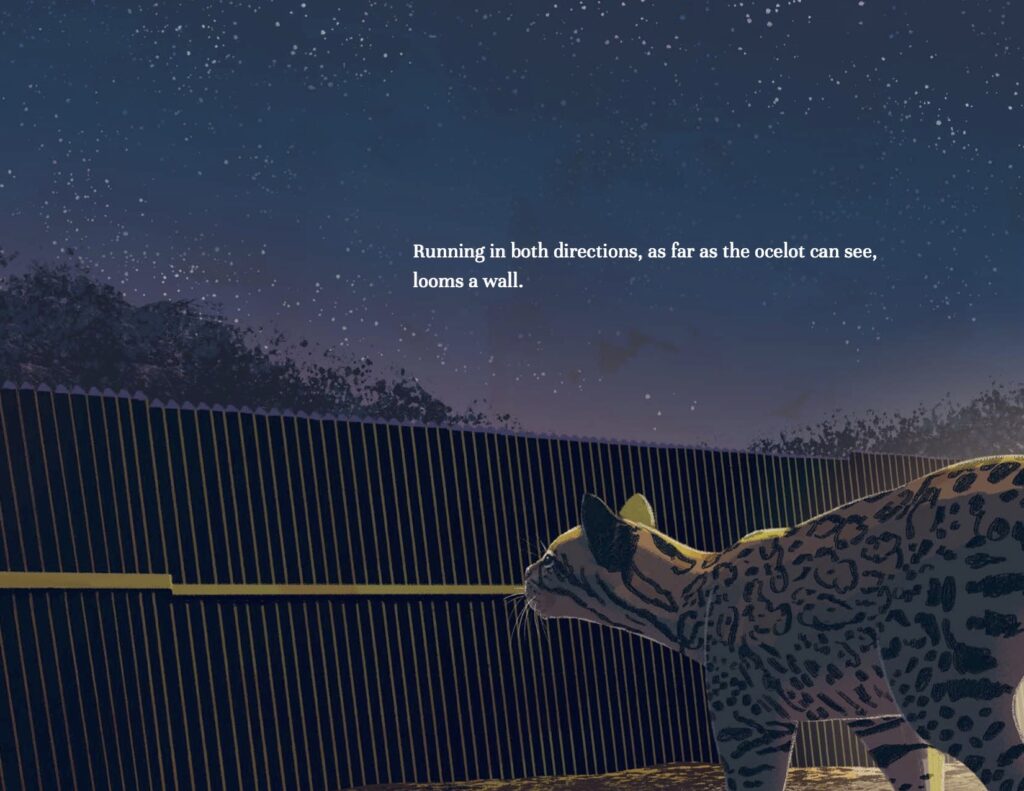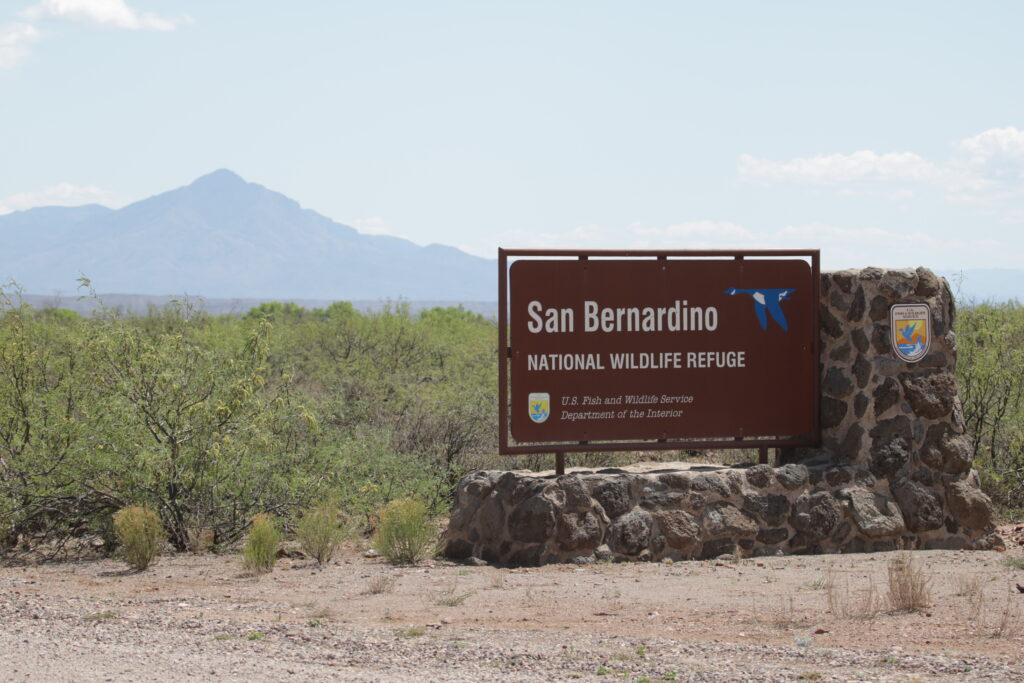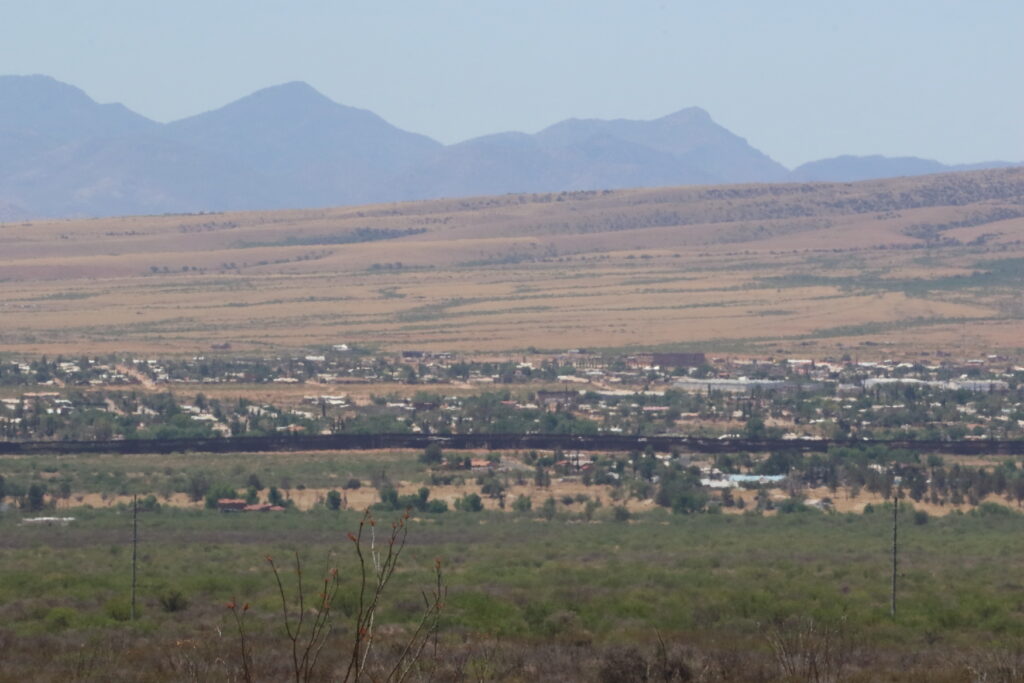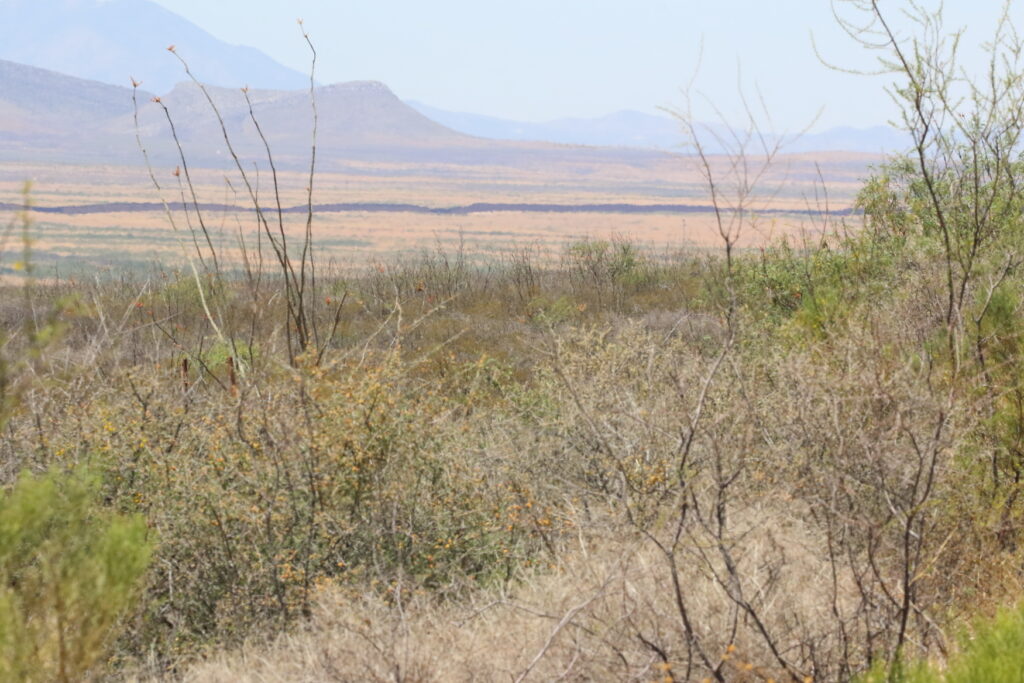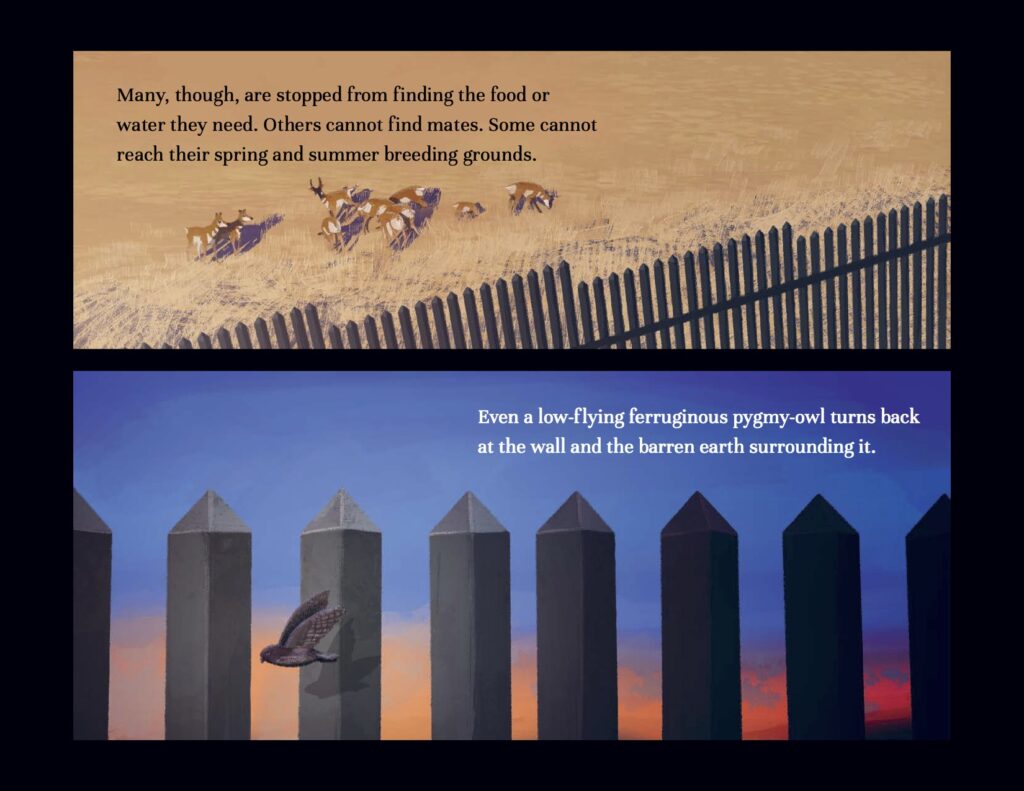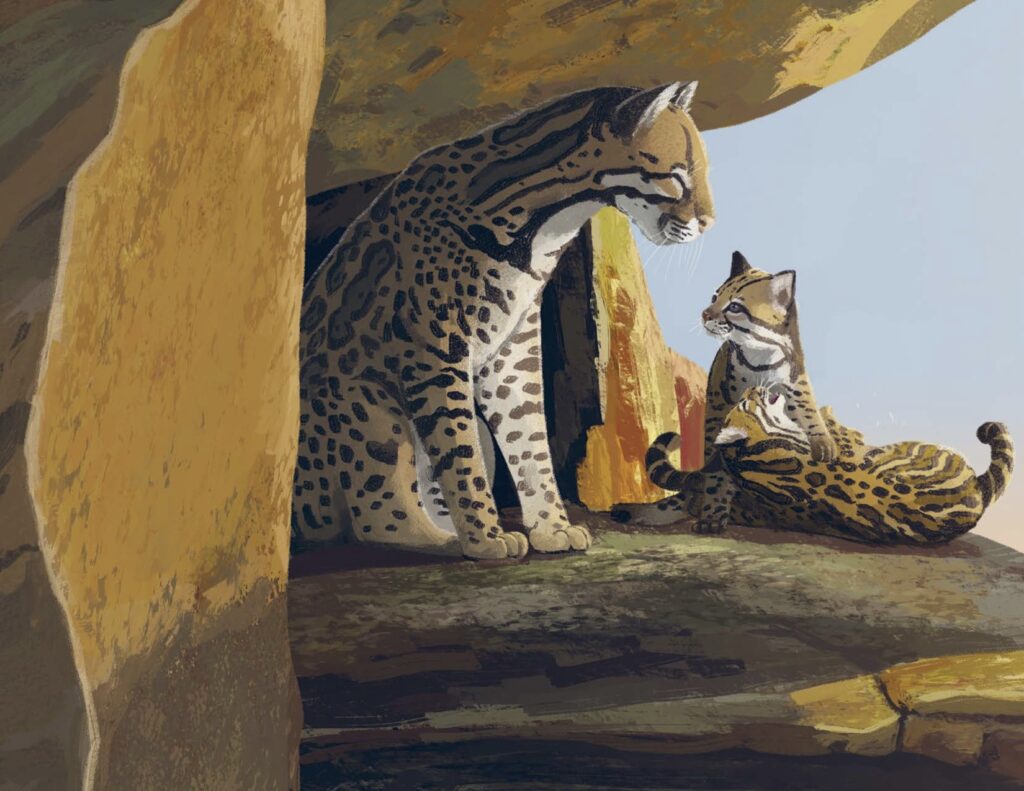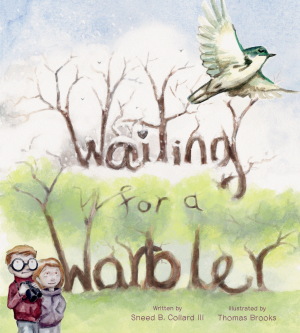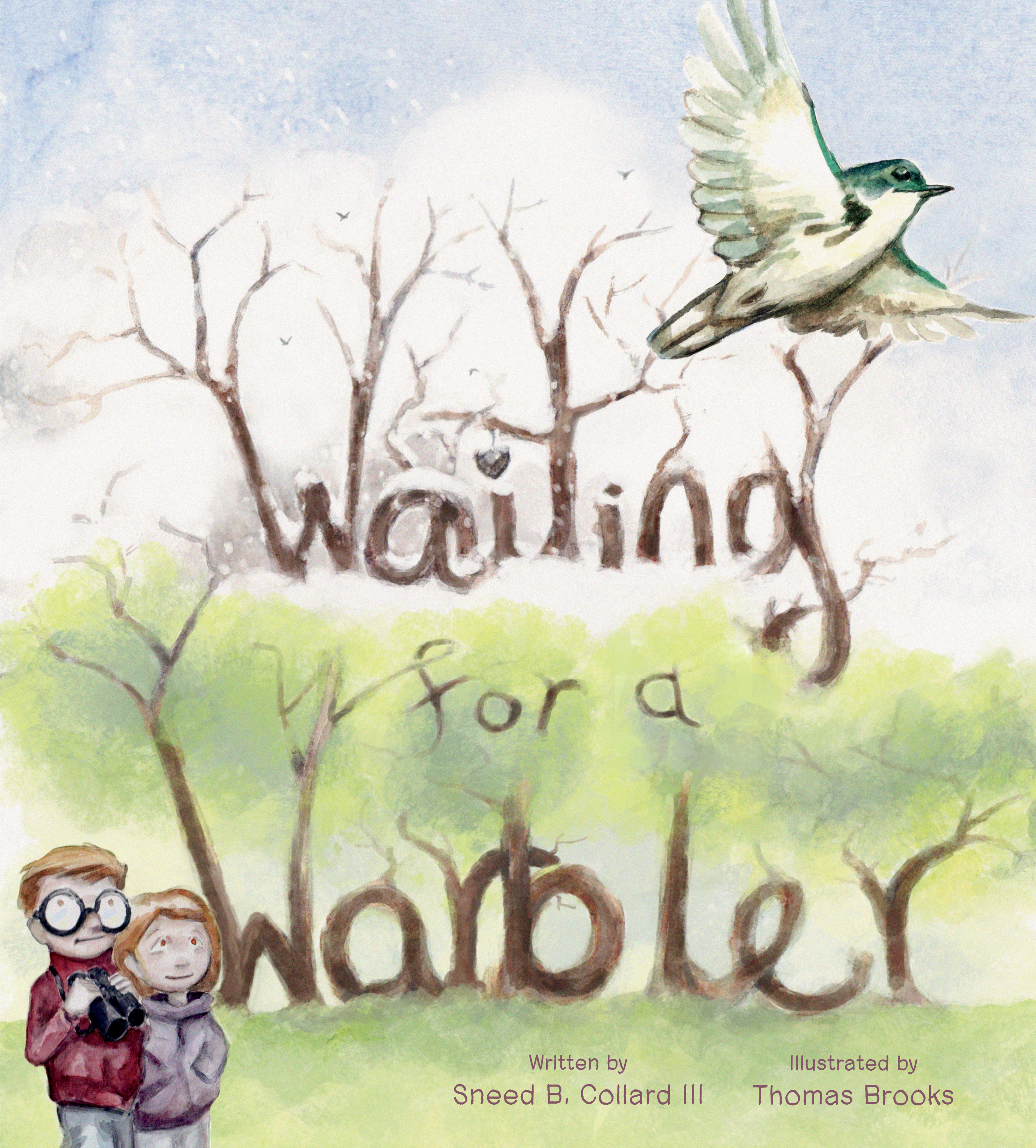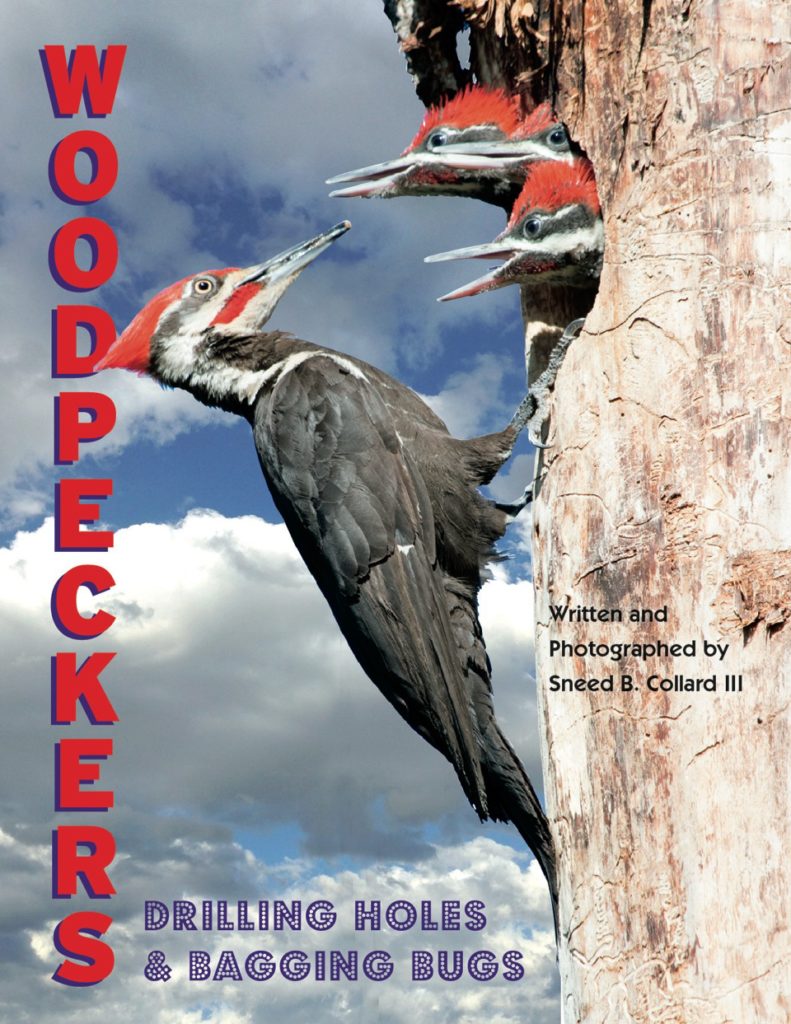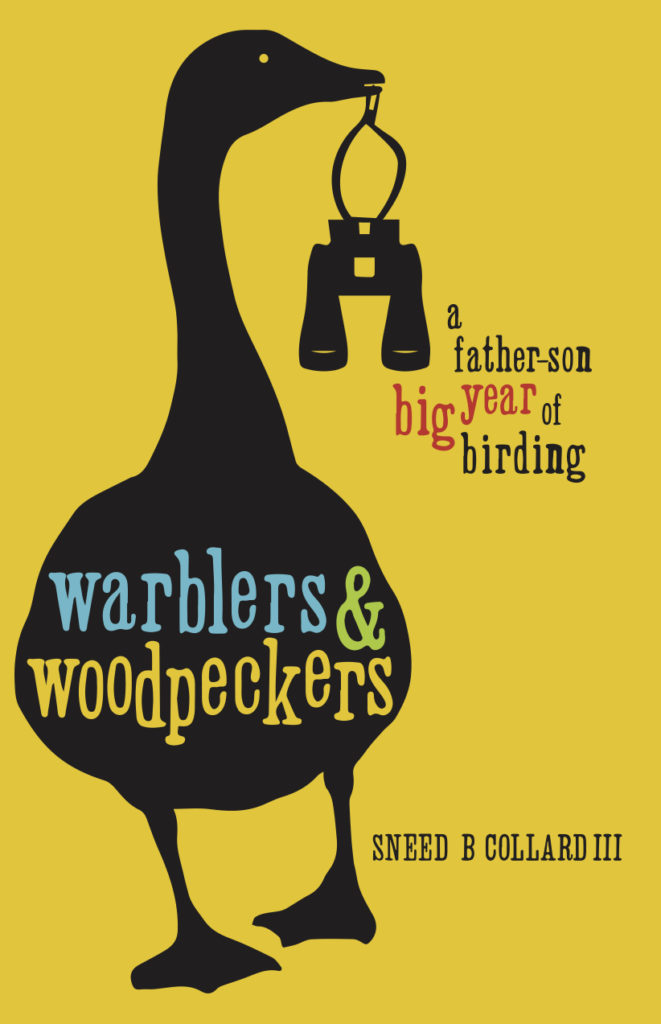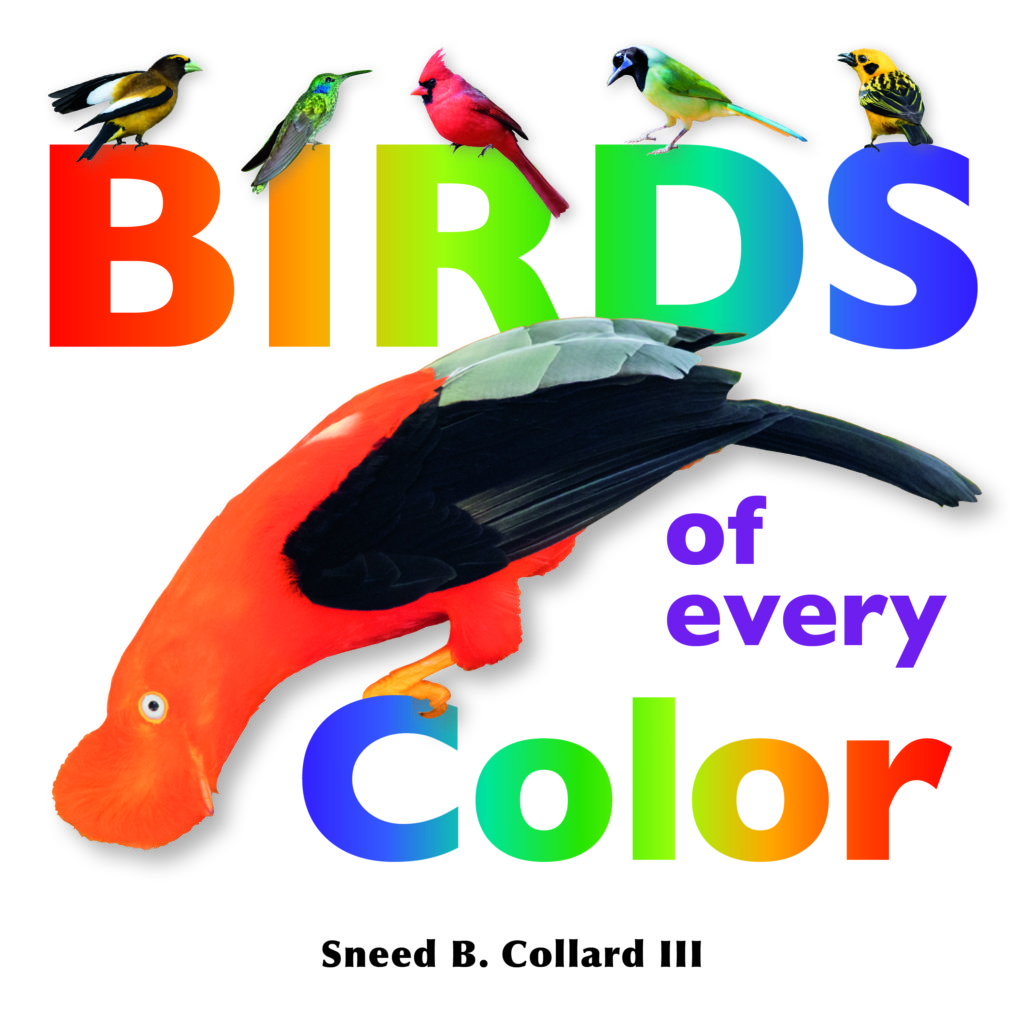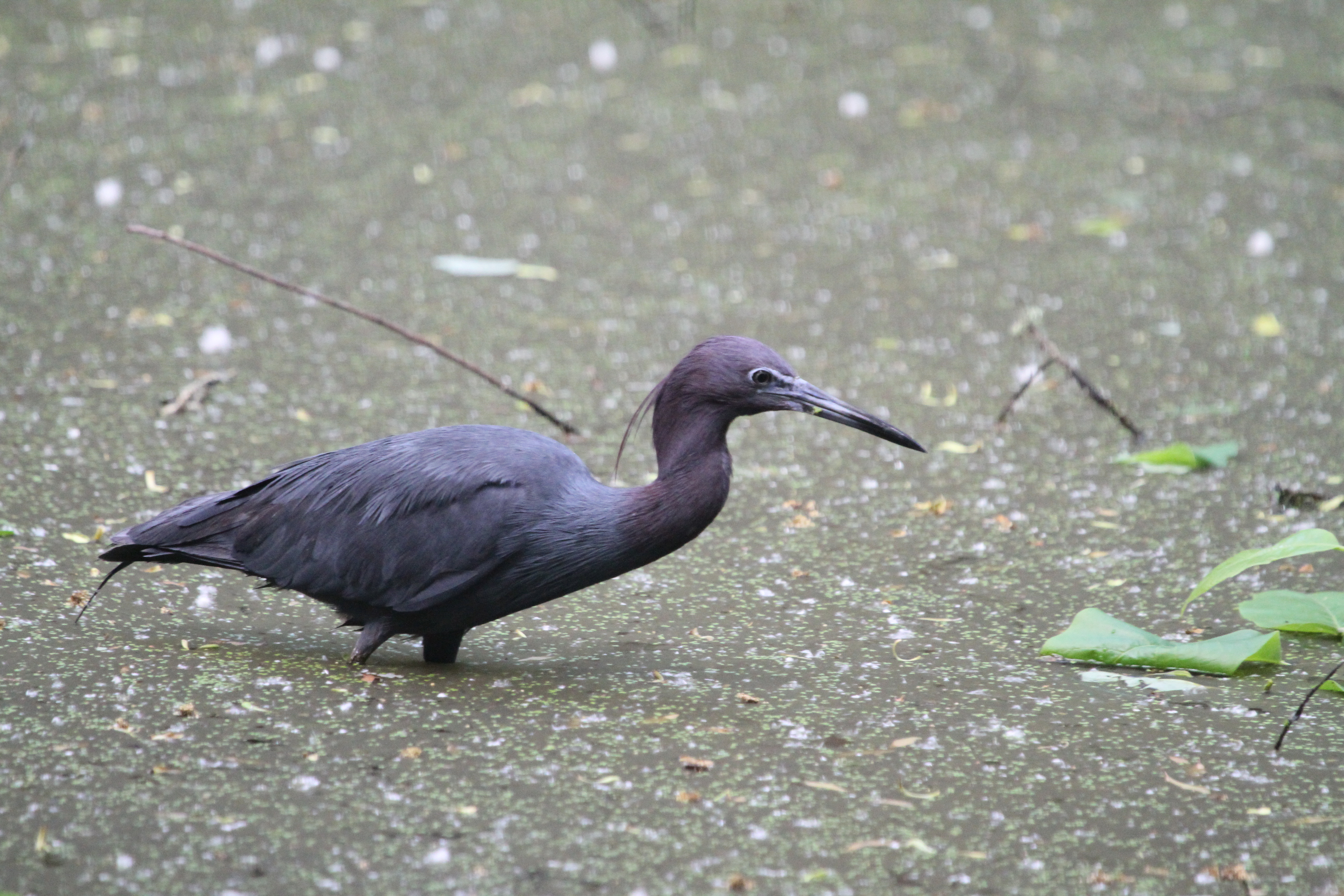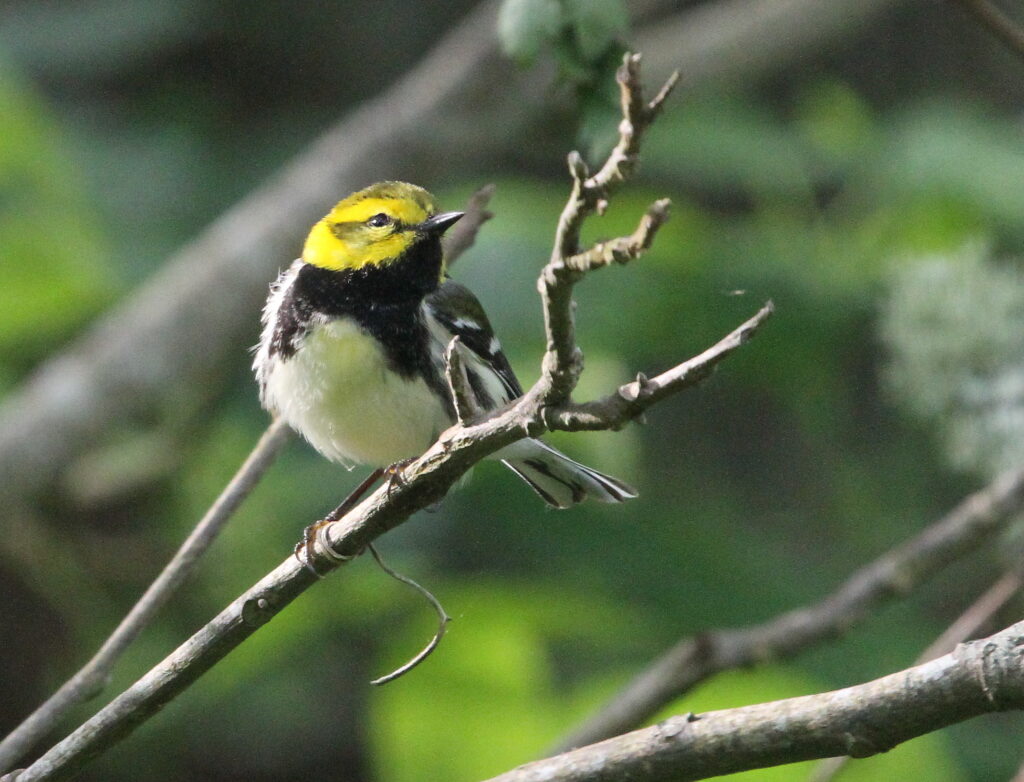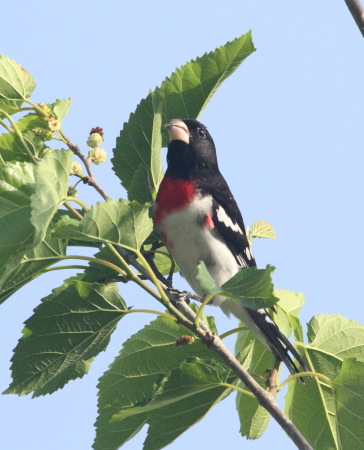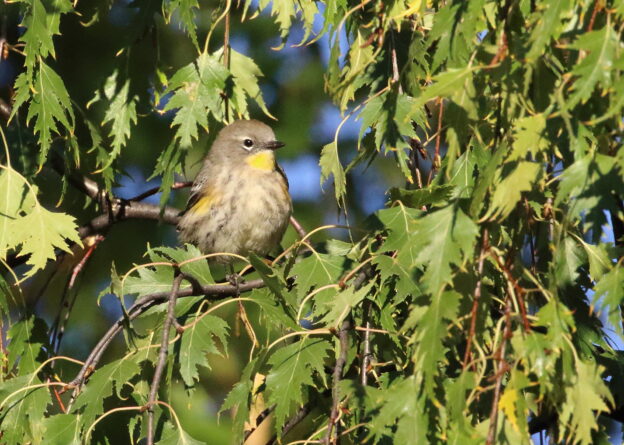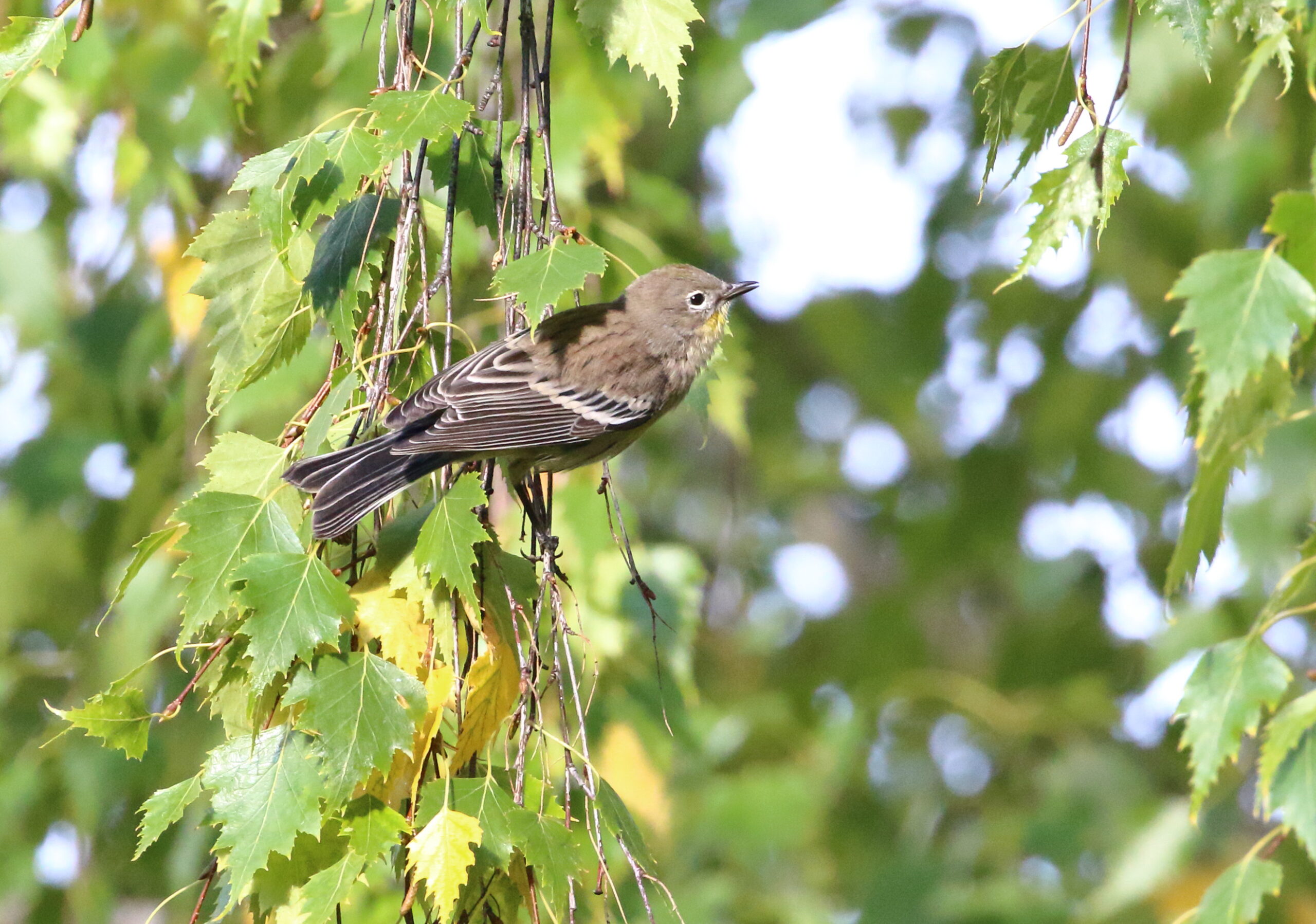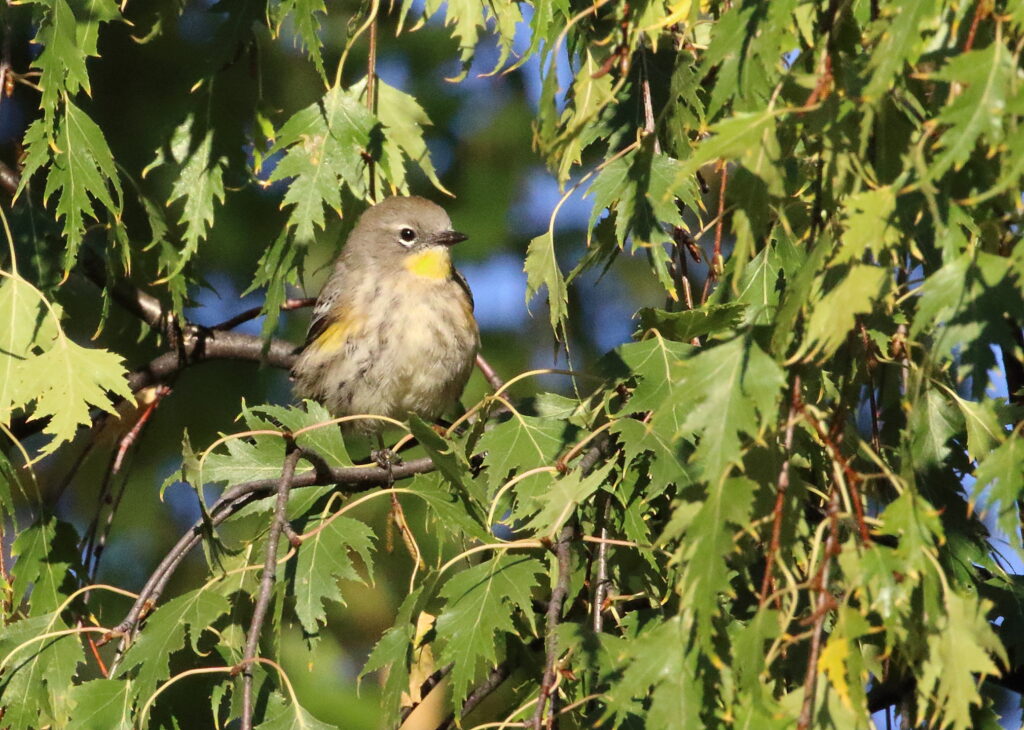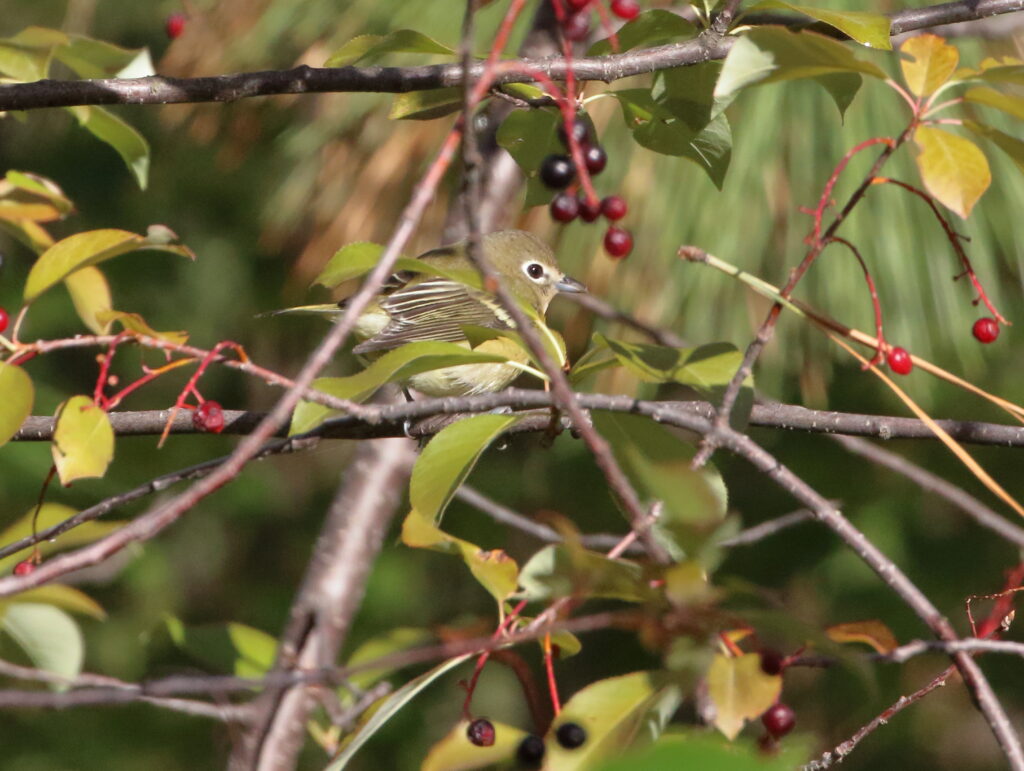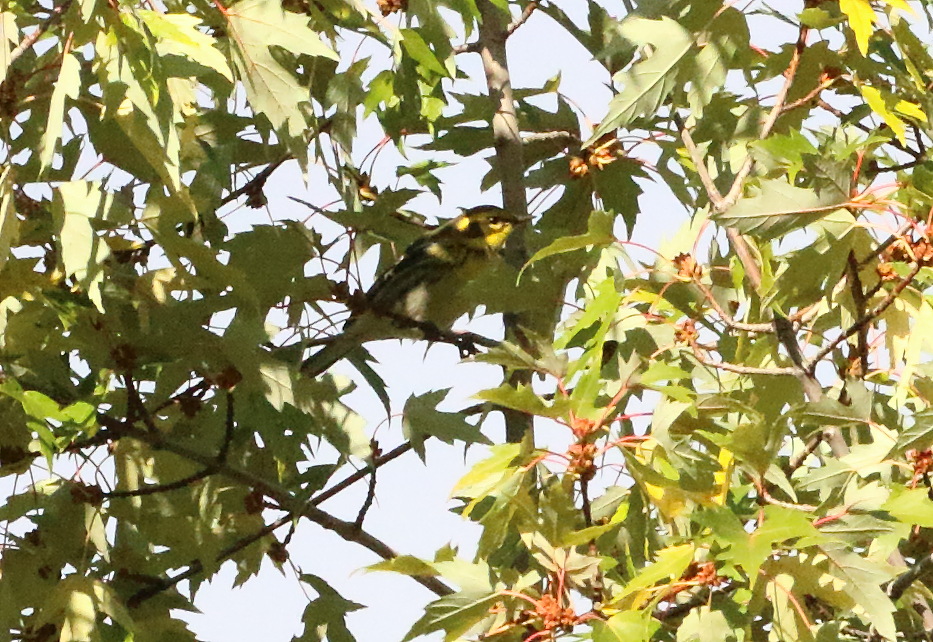With spring shorebird migration coming on, we take a break from our Colombian birding series to review a new book that will help prepare you for the exciting, sometimes daunting task of identifying and enjoying some of the world’s most spectacular long-distance migrants. Bird—and read—on!
Legions of FatherSonBirding readers have probably noticed that Braden and I have increasingly become interested—nay, obsessed—by shorebirds over the years. See, for example, our posts
Abbotts Lagoon, Point Reyes National Seashore (or Chasing Migrants, Part II)
Our fascination may seem odd given that Montana is hardly the world’s epicenter of shorebird activity. Then again, their very rarity here renders them all the more alluring to find and learn about. A natural birding progression also is at work. When beginning one’s birding journey, we birders naturally focus on common, familiar species. As confidence, curiosity, and ambition grow, so does the desire to learn about and identify more difficult groups of birds. When we first began birding, Braden and I focused on woodpeckers, thrushes, waterfowl, waders, owls, and other easier-to-identify species. Over the years, we have plunged into increasingly challenging groups including warblers, sparrows, flycatchers (Braden), gulls, and perhaps more than anything, “shorbs.”
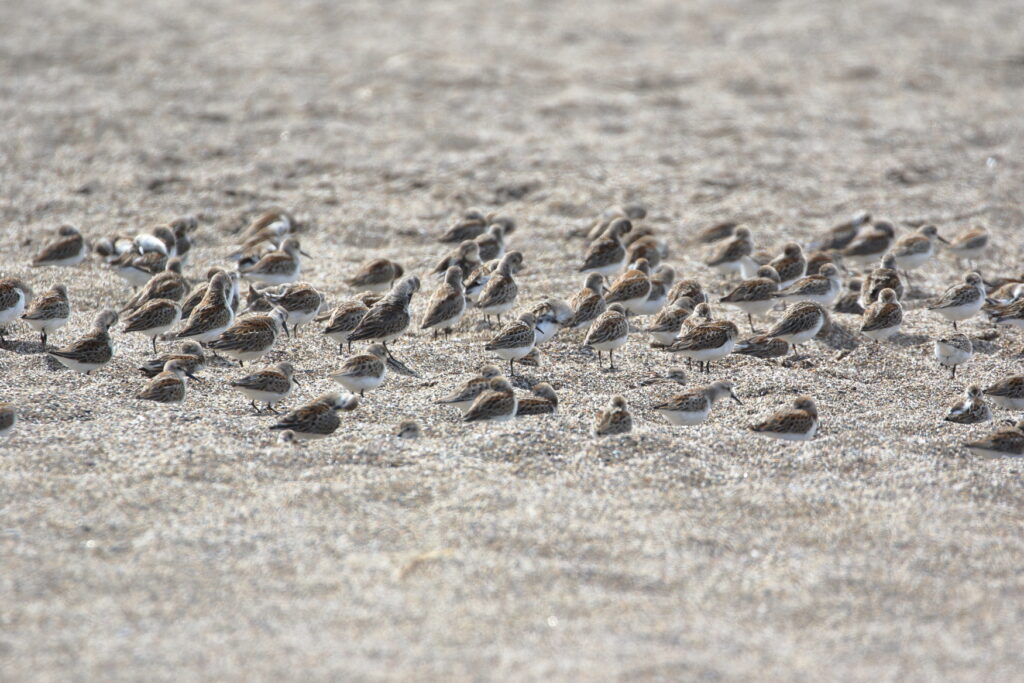
When out scanning beaches or shallow lakes, the most common phrase Braden repeats to me is “Shorebirds are tough.” This usually happens when I am whining about the difficulty in distinguishing between off-season Least and Semipalmated Sandpipers, or White-rumped and Baird’s Sandpipers—especially at a distance. But many shorbs are relatively easy to identify, and over the years both Braden and I have come to appreciate—nay, savor—the entire breadth of these fascinating, superbly adapted critters. Imagine my joy, then, when a brand new, beautifully photographed book about shorebirds arrived on my doorstep: Pete Dunne’s and Kevin T. Karlson’s The Shorebirds of North America: A Natural History and Photographic Celebration (Princeton University Press, 2024).
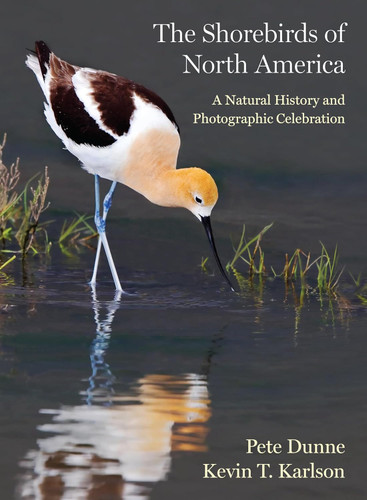
To say that The Shorebirds of North America is ambitious would be like calling the 18,000-mile round-trip migration of a Red Knot “neat” instead of “epic” or “mind-blowing.” This terrific addition to birding literature not only gives a wonderful overview of the lives of shorebirds, it provides specific accounts of all the shorebirds likely to interest you. That makes this book a wonderful, highly readable reference for both beginning and advanced birders.
The bulk of the book consists of species accounts of 52 kinds of shorebirds known to breed in North America and my guess is that you, like me, will skip directly to species that happen to interest you at the present time. This is a great approach. One of the first shorebirds I looked up was Black-bellied Plover, a bird I have become more and more enthralled with the past several years. As I started to read, my understanding of this handsome creature immediately swelled. I didn’t realize, for instance, that it is one of the world’s most widely distributed shorebirds, or that it is called Grey Plover outside of North America. What really tickled me was learning how fearlessly aggressive these birds can be:
“On the high Arctic tundra breeding grounds,” the authors write, “this sturdy plover is a fierce protector of its large nest area, and it strikes fear into aerial predators as large as gulls and jaegers. Woe to any flying predator if it hears the whistled alarm call of Black-bellied Plover as it flies swift and low across the tundra before rising to spear the intruder in the belly with its strong bill . . .”
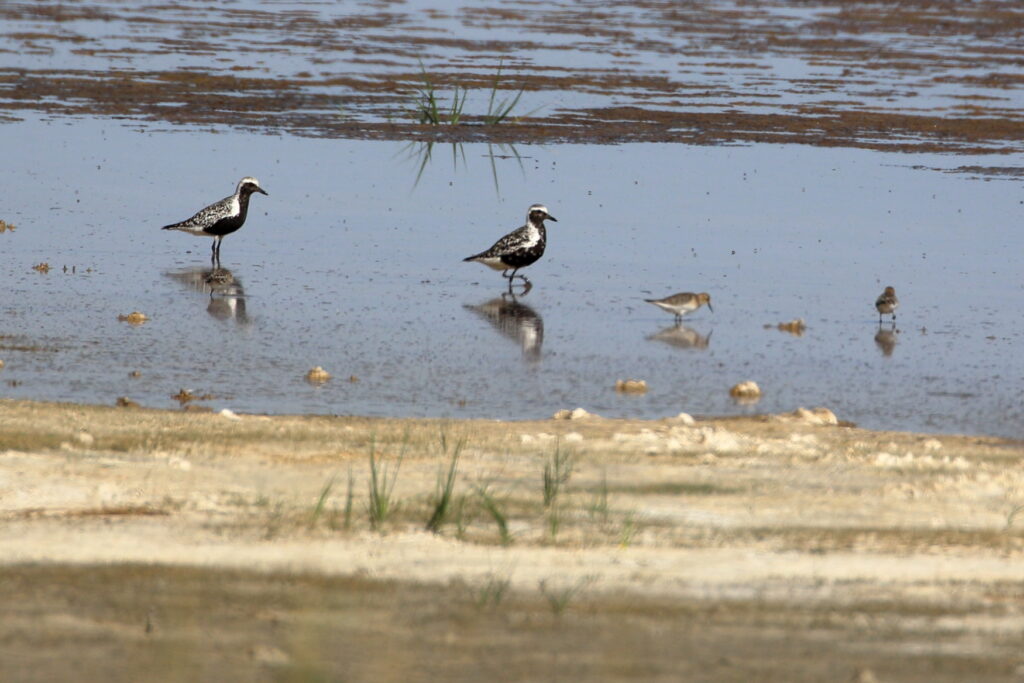
Who knew that one of my favorite birds is such a bad-ass? Similarly delightful “reveals” can be found in each account, many of them based on the authors’ own personal and scientific experiences with the birds.
Far from just being pretty to look at, the book’s incredible photos add real understanding of each species by showing them in a variety of plumages and situations. I enjoyed just quizzing myself on the photos as I made my way through the book, testing and expanding my knowledge as I went. I cannot imagine the effort Kevin T. Karlson and the book’s other photographers invested in creating what may be the world’s finest collection of shorebird photos.
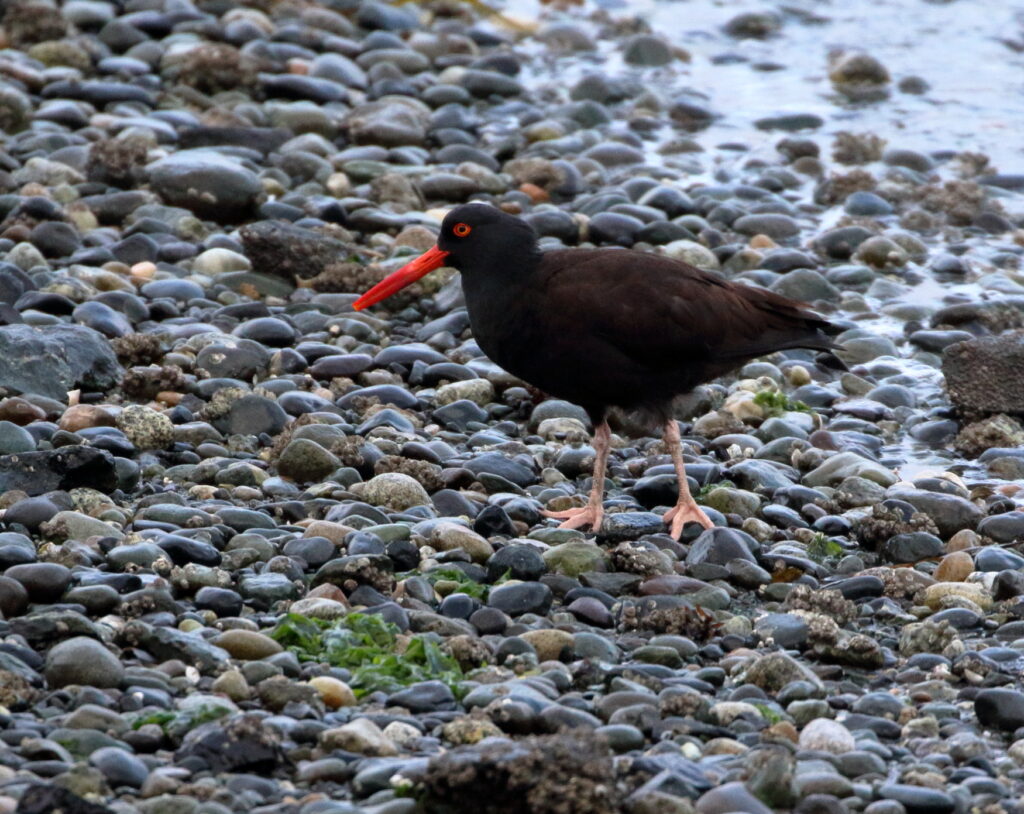
As delightful as the species accounts are, I strongly urge readers to read the entire first section straight through. In this section, the authors provide excellent perspective on all shorebirds including their remarkable adaptations, habits, diversity, and evolution. Fascinating anecdotes abound, such as the story of B-95, a banded Red Knot known to have traveled more than 400,000 miles during his 21-year lifetime. The authors don’t bother to hide their admiration for these birds:
“Challenged to design the perfect bird, we would without hesitancy delve into ranks of shorebirds and reach down to the Scolopacidae (sandpipers), the largest of the roughly six or seven family groups in the shorebird order Charadriiformes.”
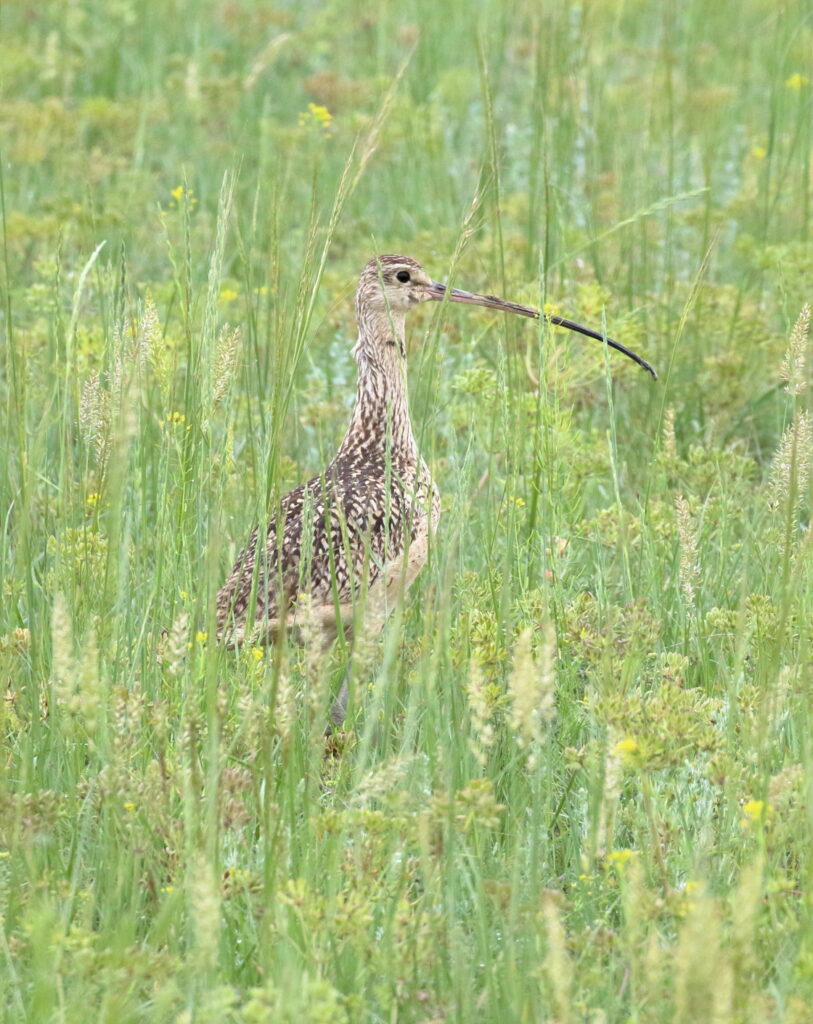
I could keep singing this book’s praises, but really, if you have even the tiniest, nascent interest in shorebirds, you should order a copy yourself. Given its length and full-color format, I expected the book to sell for at least fifty or sixty bucks, but at the time of this posting it can be had for a bargain $35. That puts it within reach of most people—and makes it an investment in your birding future you won’t regret.
One-Sentence Summary: A highly-readable, indispensable resource for both beginning and advanced shorebird enthusiasts.
Overall Rating (on a scale of cool birds): Piping Plover (highest)
You can order The Shorebirds of North America from your local independent bookstore, or directly from Princeton University Press. Please tell them we sent you!
(Except for the cover image, photos in this post are copyright Sneed B. Collard III. Review copy of The Shorebirds of North America provided by the publisher.)


